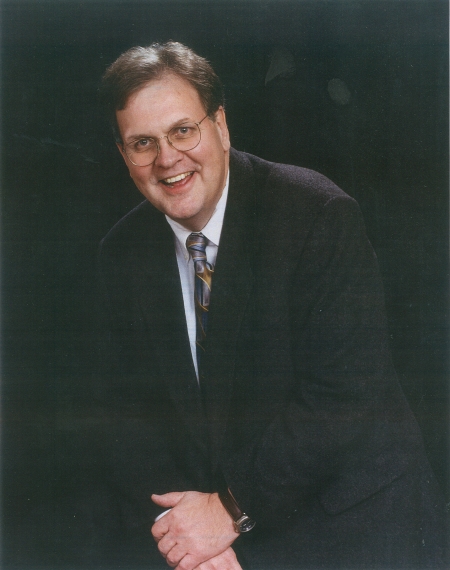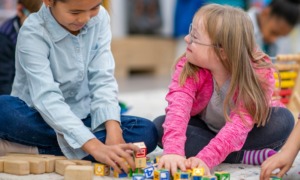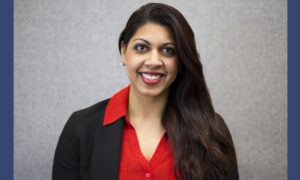 |
| Richart |
Three weeks before the election that swept Barack Obama into the presidency, Gara LaMarche, president of The Atlantic Philanthropies (assets: $3 billion), gave a provocative speech to a group of foundation leaders who focus on children’s issues. His speech opens the door to a much-needed debate about why youth workers and other professionals aren’t more successful in promoting children’s interests.
Speaking at the Grantmakers for Children, Youth and Families in Chicago, LaMarche pointed out that the United States has lived through a relatively long period of hyper-capitalism, based on the political and economic belief in an unregulated free market ideology. But this has brought dire consequences to children. He observed that 500,000 more children were poor in 2007 than in 2006. The total percentage of children in poverty ranks the United States as the second-worst among the world’s 26 richest nations.
LaMarche’s second concern was that government funding is placed in separate “silos,” which are often referred to as “categorical” programs. Following the government silo model, LeMarche noted that for each silo, at least one special-interest group was created whose primary mission was advocating for more funding for that silo’s programs. (An example: pushing for more boot camp programs to address youth crime.) Child advocates of varying stripes seem to be falling over each other competing for funding for each silo.
Third, LaMarche proposed that advocates shift their focus from the “realm of the good and desirable to the realm of the necessary and essential.”
He also touched on the need to develop policy institutes or “think tanks” where “public intellectuals” can study complicated issues and find new ways to reconsider complex policy issues and solutions.
LaMarche’s comments prompt these observations:
Some social psychologists argue that humans have an inherent tendency to simplify complex social and economic issues, which helps explains why silos and special interests exist. Also, our fragile framework of children and youth programs was created brick by brick, because of the public’s strong belief in limited government and personal responsibility of parents.
There does seem to be a “child advocate” for every conceivable children’s issue and program, which creates a fragmented constituency for children. However, those who champion children’s interests huddle under an enormous tent.
At present, few foundations endorse The Atlantic Philanthropies’ “wide lens” approach; instead, they perpetuate silo approaches. Research that I conducted in 1997 offers one reason: Historically, the child advocacy “movement” has relied far more on foundations than have other social movements. Without foundations, there would be no sophisticated multi-issue, multi-strategic child advocacy organizations. The downside is that such foundation funding often comes with strings attached, which may limit the advocates’ agenda, their tactics and their willingness to take risks.
As for LaMarche’s point about addressing persistent poverty as “necessary and essential,” I would put it even more strongly: We need to move from looking at children and youth problems as an act of charity to an effort directed at social justice. The problem with talking about youth and family issues from this social justice vantage point is that it flies in the face of the advice of the pollsters, focus groupers and message-shapers who have been advising child advocates for the past two decades.
Increasing funding for programs will also be resisted by many taxpayers because of the beliefs people typically hold about government and which families should receive public help. In that sense, child advocates may hold views that are “countercultural” to the majority of citizens.
That’s because subconsciously – or at times, consciously – many citizens believe that parents are solely responsible for the plight of their children, and don’t look at broader explanations. But these views can change during crisis periods, which makes Obama’s election so promising.
We owe a great debt to Kenneth Kenniston of the Carnegie Council on Children, who in 1976 put a name to the problems that child advocates face when he coined the term “other people’s children.” Kenniston created a two-handed definition. On the one hand, he thought the great majority of U.S. parents are concerned about their own children. Many of them donate to children’s charities.
On the other hand, when it comes to government funding, the American citizenry is notoriously stingy and resistant to “giving” government funds for “other people’s children.”
Many people cognitively draw a line in the sand in which these taxpayers place themselves on the side of good parents and place “bad” parents on the other side, creating a separation between the haves and have-nots that allows the haves to dismiss public funding for children’s programs.
It will be interesting to see whether the recent election, and the financial crisis that confronts the nation, will herald a unique opportunity for Americans to look at children, youth or families in need, or whether the country will remain wedded to making incremental improvements in the lives of its youth.
David Richart is director of the National Institute on Children, Youth and Families, in Louisville, Ky., and a member of the board of director of the American Youth Work Center which publishes Youth Today. david@childrenspolitics.org.































